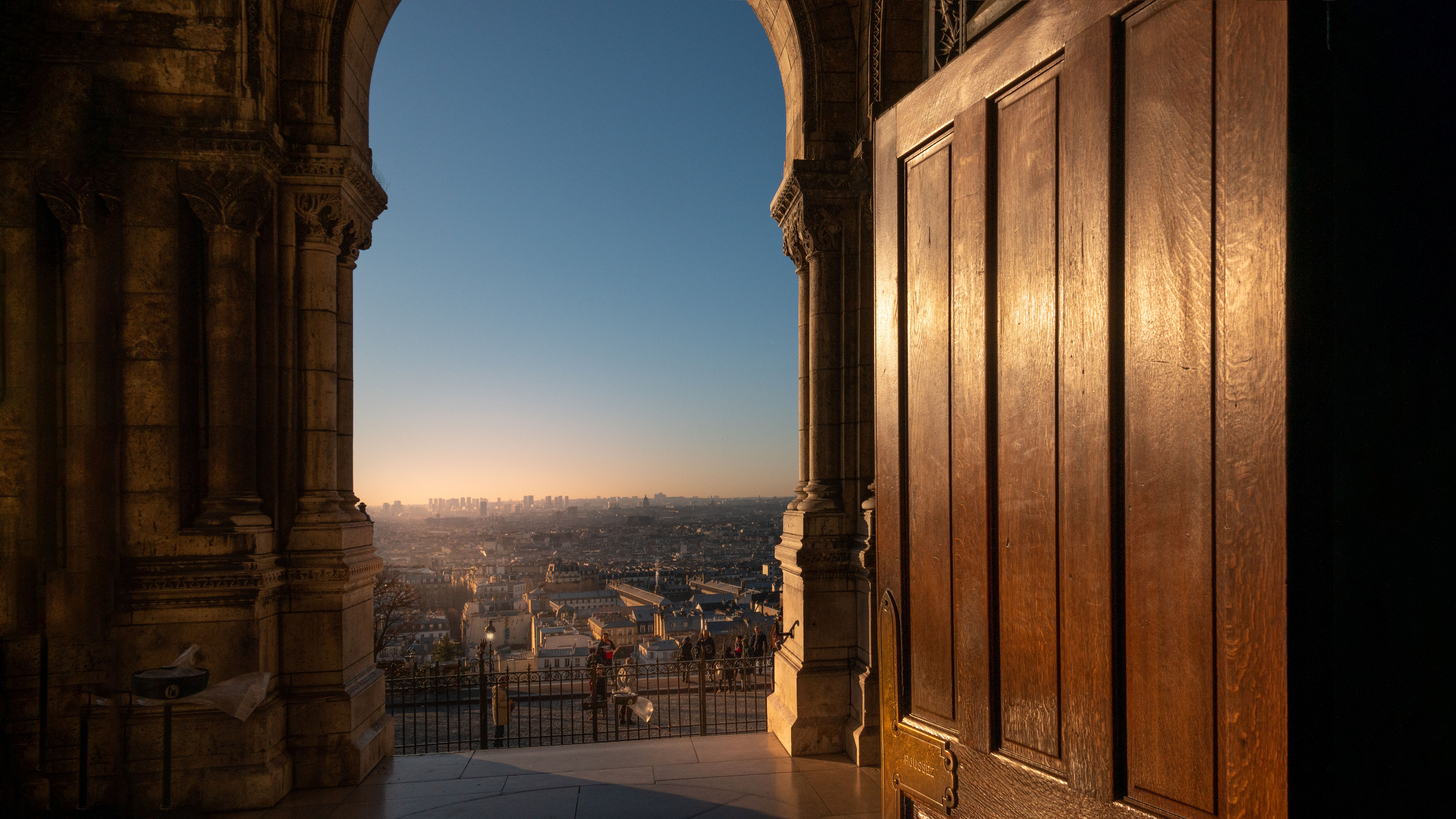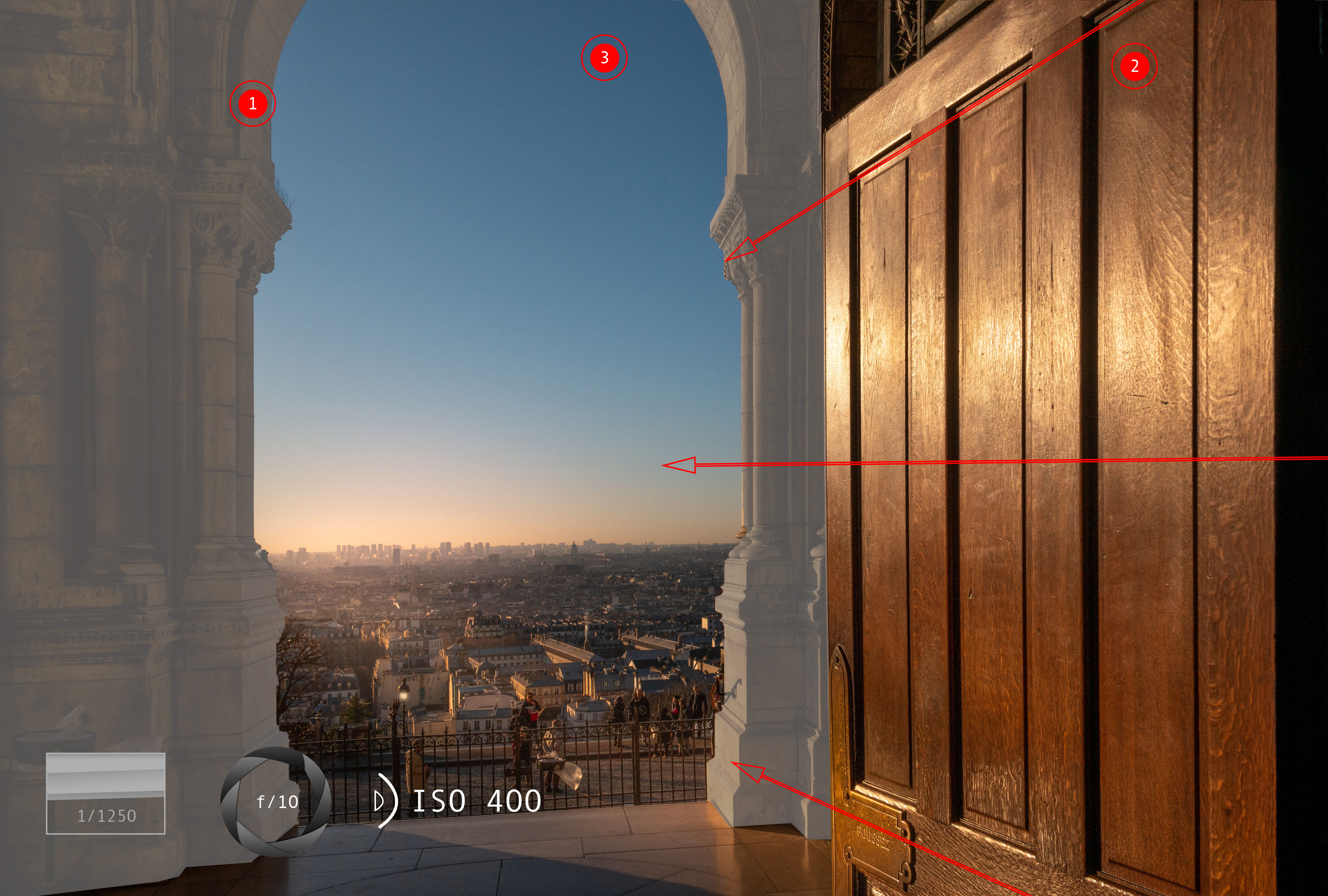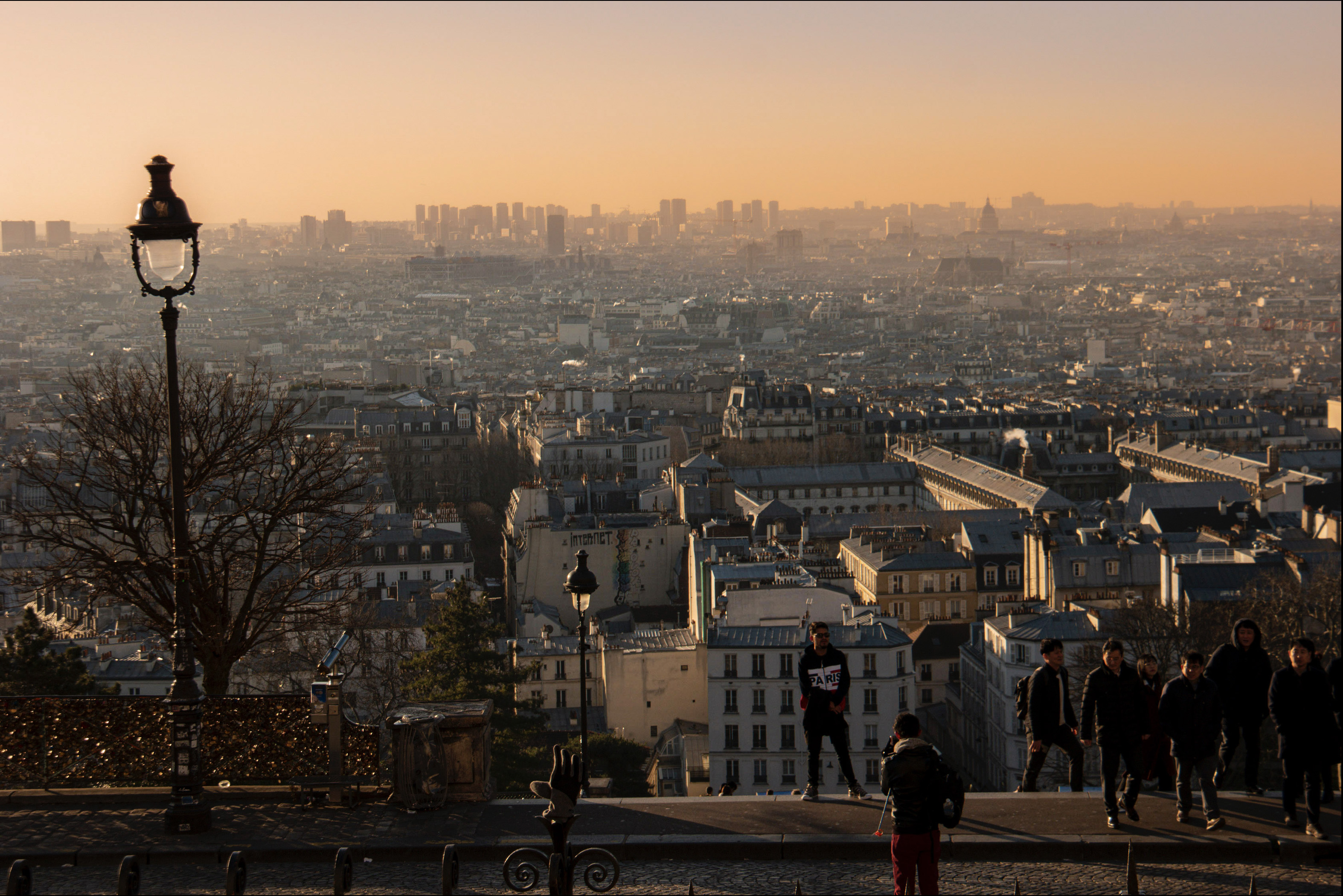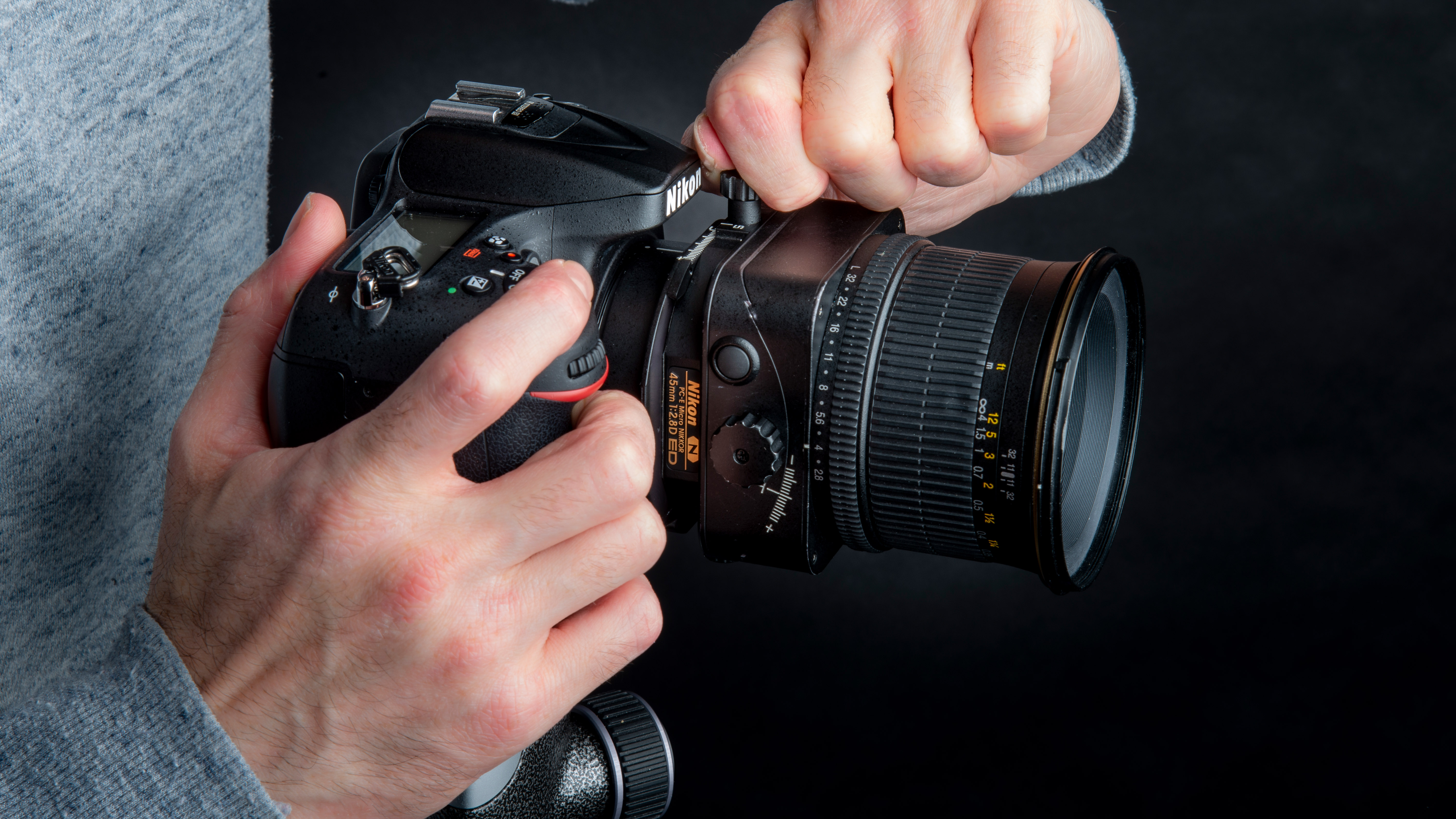Behind the image: frame your shot for super compositions
Use frames within an environment to create stunning depth in your travel, architecture and landscape images

Composition is arguably the most important aspect of any photography - even if the exposure or focussing is a little off, a great composition can still inspire the viewer independently. This effect can be seen in many vintage photographs, taken by some of the 'masters' of the medium, shot decades ago on large format film. When framing any image it is critical to consider not just the subject but the environment it sits within. This approach is what can separate a professional shot from a mere snapshot.
For this image I had a tough decision to make - mount a telephoto lens on my camera and zoom in to frame the Paris skyline tightly, or try to capture more of the foreground. The latter choice seemed like the better one since I was standing on the steps of Sacre Coeur - one of the most impressive landmarks in Northern Europe! Why waste it!?
Read more:
• 6 ways to improve your composition
• Best lenses for travel photography
I was traveling light so had brought an 18-200mm superzoom lens with me, which offered the perfect combination of focal lengths for what I wanted to achieve. I zoomed all the way out to the wide end of the range and moved inside the doorway to the church. This allowed me to include the archway and the door itself, which both framed the city beyond and provided a sense of outward direction.

When featuring both near and far objects, as can be seen in this shot, use an aperture of at least f/8 to ensure both close and far off areas are kept sharp, by extending depth-of-field.
This highlights an interesting human trait - we want to walk through a doorway! When we see an open door we instinctively want to peer through and see what is behind it. While there is no secret in this picture it creates a sense of awe at the wide view of the city.
In the case of this image there was another motivation to include a frame for the cityscape. The horizon was very flat from up here on the hill and, while a lovely shade of blue, the sky was very empty - no dramatic clouds to pick up the morning light. The frame of the arch limits the amount of empty space at the top of the composition

- Arcs and lines: the arch of the doorway contrasts pleasingly with the straight lines in the image
- Leading lines: the lines in the door lead the viewer out to the city reveal in the distance
- Colour contrast: The cool blues of the sky contrast nicely with the warmer tones in the wood and stone, creating depth.
This highlights an interesting human trait - when we see an open door we instinctively want to peer through

Things to remember
A key mistake with any architectural photography is to distort perspective. Try to keep your lens at 90° to vertical lines in the scene, to prevent converging verticals. The wide end of a superzoom lens can exhibit barrel distortion already, so the bending of lines in a shot can build up quickly and become distracting.
Secondly, don't forget the essentials of composition. Remember to divide up the scene for maximum interest, using the rule of thirds, or another core composition tool.
You could also consider trying a tilt/shift lens to keep lines in the scene straight, by reducing the need to pitch the camera up or down, preventing converting verticals.

Read more
The Photography Show announces second virtual photo festival
Landscapes with a difference: shoot amazing shallow scenics
The best full-frame compact cameras in 2021: a short list, but a great one!
Get the Digital Camera World Newsletter
The best camera deals, reviews, product advice, and unmissable photography news, direct to your inbox!
As the Editor for Digital Photographer magazine, Peter is a specialist in camera tutorials and creative projects to help you get the most out of your camera, lens, tripod, filters, gimbal, lighting and other imaging equipment.
After cutting his teeth working in retail for camera specialists like Jessops, he has spent 11 years as a photography journalist and freelance writer – and he is a Getty Images-registered photographer, to boot.
No matter what you want to shoot, Peter can help you sharpen your skills and elevate your ability, whether it’s taking portraits, capturing landscapes, shooting architecture, creating macro and still life, photographing action… he can help you learn and improve.

